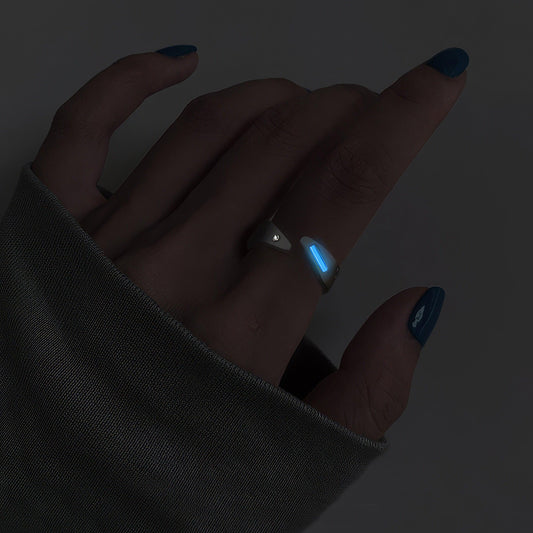The Allure and Mystique of Alexandrite Rings
The Allure and Mystique of Alexandrite Rings
When I first held an alexandrite ring in my hand, it was like possessing a gem from another world. Its color seemed to shift under different lights, transforming from a grass-green hue to a warm, vibrant raspberry. This stone, rare and enigmatic, is not just eye candy; it is a conversation starter with a rich history and unique properties that intrigue jewel enthusiasts worldwide.
For the unacquainted, alexandrite is a type of chrysoberyl that changes color based on the lighting conditions. Marvelously, it's almost like nature’s mood ring. This color-change phenomenon isn't just a cool party trick; it's a testament to the stone's unique chemical composition. The presence of chromium in its structure allows it to absorb and reflect different wavelengths of light, creating that dramatic shift. It’s practically a piece of wearable science.
Historically, alexandrite was discovered in the Ural Mountains of Russia in the 1830s and quickly became the darling of the Russian aristocracy. Legend has it that the gem was named after Russia's future Tsar Alexander II, coincidentally discovered on his birthday. There’s something poetic about owning a piece of jewelry that once symbolized imperial luxury and was thought to bring good fortune and love.
In terms of current style trends, alexandrite rings have made a notable resurgence. Brides and fashion aficionados alike are drawn to its rarity and the personal statement it makes. There’s a certain thrill in wearing a stone that captivates with its unpredictable nature. I remember attending a friend’s wedding recently where the bride wore an exquisite vintage alexandrite set in rose gold. As she moved under the twinkling reception lights, her ring seemed to dance, mesmerizing everyone around her. It was the talk of the evening, and it wasn’t just the champagne flowing that had us all enchanted.
Yet, despite its natural allure, I’ve noticed some people questioning the authenticity of their alexandrite rings. This doubt often stems from its rarity and the prevalence of synthetic versions. Indeed, natural alexandrite is exceedingly scarce, which often necessitates lab-created alternatives for broader accessibility. These synthetics possess the same chemical properties and color-changing abilities as their natural counterparts, albeit without the hefty price tag. For purists, however, the hunt for an authentic stone can be both a journey and a badge of honor.
Whether real or lab-created, alexandrite offers a unique blend of beauty, history, and intrigue. And as for me, every time I glance at mine, I'm reminded of its storied past and how it continues to charm us today. It's as if the gem itself whispers little secrets from its multi-hued core, forever inviting you to listen closely.




























